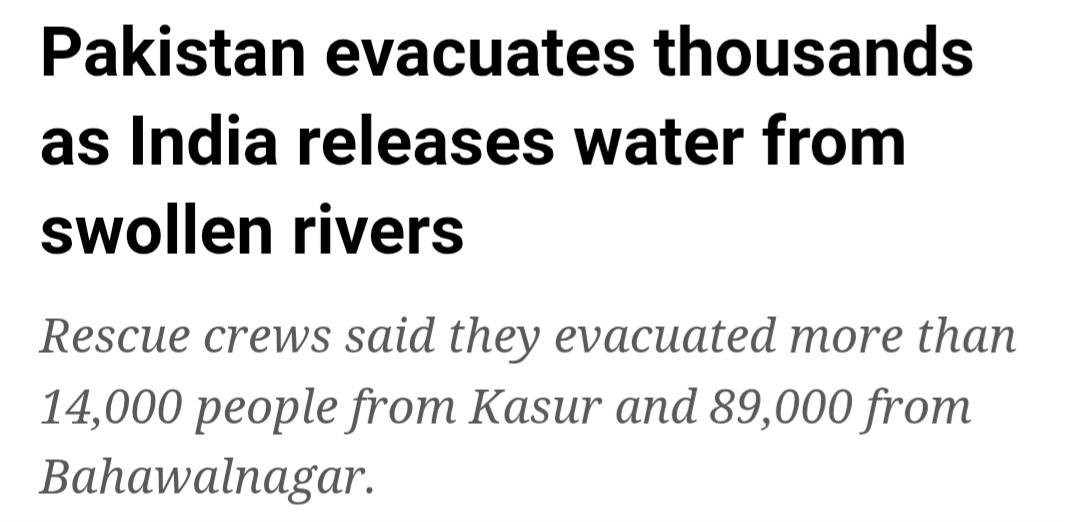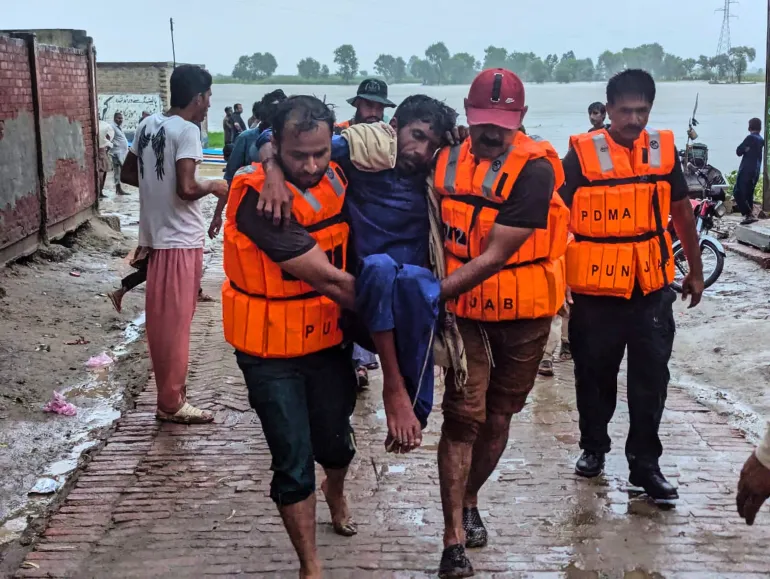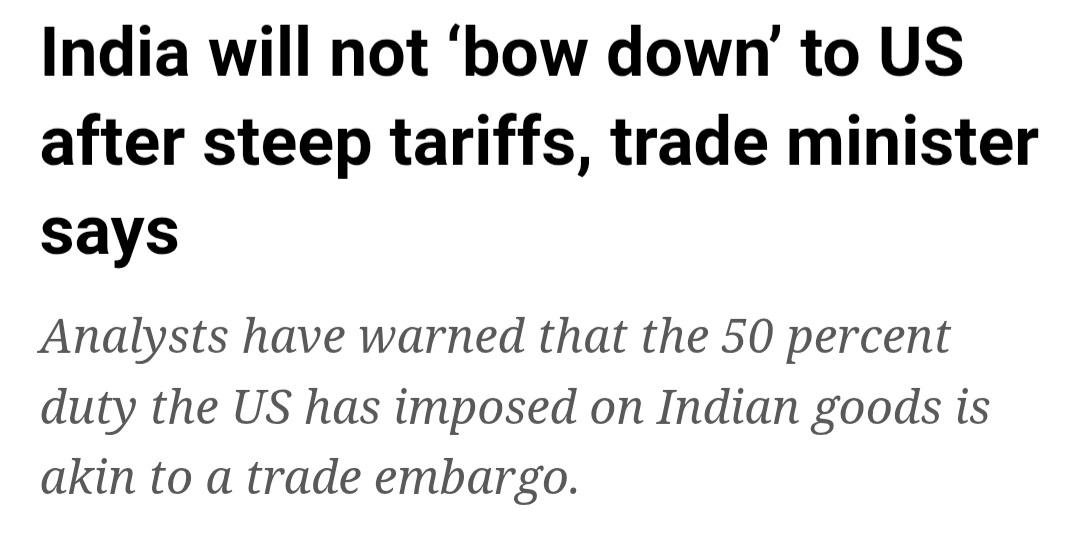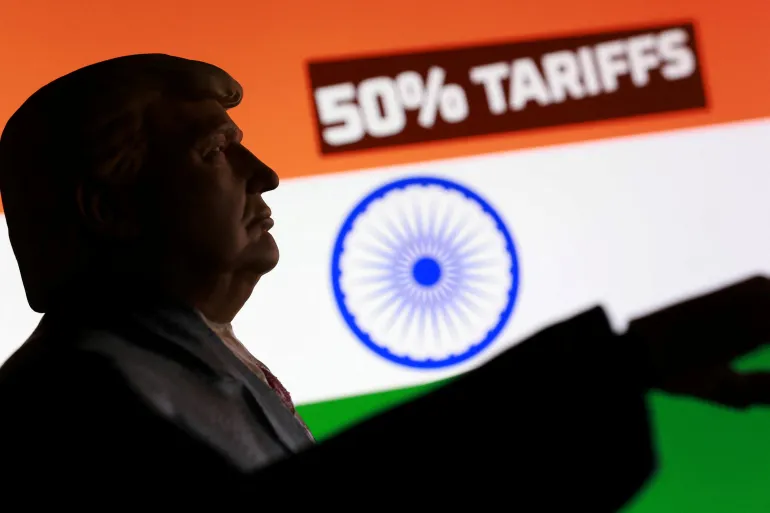This article presents major news events from Asia, particularly South Asia, as reported by Al Jazeera. This report provides a concise overview of everything you need to know, keeping you informed and up-to-date in one article. Here is everything important that happened from July 24th to August 30th, 2025.
Devastating Floods Rage across India and Pakistan

Source: Al Jazeera
Pakistan has found itself at the center of climate change calamities. This crisis, combined with weak infrastructure and fragile governance, has intensified the devastation. The recent floods in Kashmir, combined with the increased water flow from India, have added to the plight of farmers. Flooding in Pakistan is not an isolated phenomenon. Instead, it is a result of several interconnected layers of systematic issues. Nonetheless, the climate crisis has contributed the most. Intense monsoon rains and cloudbursts across the Himalayan Belt have triggered landslides and floods. Entire villages have been destroyed and infrastructure swept away. Yet, the scale of this tragedy cannot be attributed solely to climate change. Decades of deforestation, unregulated construction on riverbeds, and poorly planned road networks are all contributing factors. Downstream rivers, such as the Jhelum and Sutlej, carry grave consequences. They can not only cause flooding but also amplify the risks of erosion and sedimentation as well.
As a downstream state, Pakistan faces additional risks. India reached out to Pakistan to inform them that it was releasing water into Pakistan’s river as its dams were at full capacity. This was the two countries’ first diplomatic interaction since the war in May. Pakistan had to evacuate thousands of people in Punjab after the warning. This event also demonstrated how political tensions can transform hydrological challenges into a governance crisis. Pakistan’s NMDA had to work quickly to relocate residents. Especially from districts such as Kasur and Bahawalnagar. However, transboundary coordination was not satisfactory. River management between the two countries struggles under mistrust. What should have been diplomatic data changes have been reduced to ad hoc diplomatic notifications. For people who live near riverbeds, a delay in communication of even a few hours could be devastating. The strained relationships between the two countries could impact thousands of lives in Pakistan.

Source: Al Jazeera
At the same time, Pakistan’s domestic issues magnify the human toll. Agriculture contributes to around a quarter of Pakistan’s GDP. Now this sphere has become a frontline casualty due to repeated flooding. Farmers are caught between floods that wash away entire harvests and then droughts that strip away all nutrients from the soil. This is a vicious cycle. Small farmers are trapped in a circle of debt and displacement. Meanwhile, food insecurity and slow economic growth only add to rural poverty. State responses are primarily reactive instead of preventative. Emergency relief camps have been set up and compensation promised. What the country really needs is structural reforms to reduce the impact of climate change. Pakistan should look into investments in climate-resistant seeds and canal modernizations. Strategies like floodplain zoning and crop insurance would also be helpful.
The deeper causes of Pakistan’s predicament are therefore threefold. Firstly, climate change has altered monsoon patterns and brought on the unpredictability of droughts. Secondly, unregulated development has heightened the risks of being impacted by floods. Pakistan is struggling to counter this crisis. People are forced to undergo displacement and loss of property. Ultimately, this shows that Pakistan’s greatest challenge is not merely flooding. It is the repeated cycle of reaction to climate change. These events have set a baseline of volatility. Now it is up to the country to rethink climate change policies. Without strong reforms, flooding and landslides will continue to bring harrowing challenges.
India adopts a defiant stance in response to Trump’s Tariffs

Source: Al Jazeera
In August 2025, India found itself in a tense relationship with the US. Trump’s administration imposed a 50% tariff on Indian goods. This policy meant heavy implications for exploration sectors and geopolitical calculations. The Commerce Minister of India has responded that India will not “bow down” to U.S. pressures. The country will actively pivot towards new export markets and bilateral free trade agreements. These strategies also showcase India’s dual stance. It is both asserting national autonomy while also diversifying its trade partners.

Source: Al Jazeera
The tariffs were a response to India’s continued import of Russian oil. Now they threaten bilateral trade negotiations and dozens of labor-intensive sectors. Particularly, the garments, jewelry, and textiles sectors are at risk of massive lay-offs. The livelihoods of countless workers would be impacted. Analysts also warn that these layoffs would mean slowed production. Currently, uncertainty has spread across state economies, especially in export-dependent hubs like Surat.
Indian authorities are introducing fitting financial cushioning measures. Tax relief, loan subsidies, and export incentives, for example. Meanwhile, they are also aggressively looking for alternative consumer and product destinations. The government has also reaffirmed its economic resilience and global relevance. It’s taking this challenge as an opportunity. India is looking to reconfigure trade routes and reduce its dependence on traditional Western Markets. Altogether, the narrative portrays India not as a passive victim of unilateral tariffs but as a country asserting strategic autonomy in a fractured global trading system. It is seeking not just to withstand the current shock. Instead, it intends to reshape its trade future amid growing geopolitical realignments.
Conclusion
The floods in Pakistan and the tariffs in India tell a story of vulnerability. What emerges most clearly is the interplay between external pressures and internal vulnerabilities. Climate change leaves Pakistan struggling to break free from cycles of disaster and recovery. Meanwhile, India is struggling to sustain economic stability under shifting global trade policies. Neither crisis is purely external. Both are shaped by domestic policy choices and infrastructure gaps. It could also be attributed to the lack of ability to adapt to rapidly changing conditions. These situations show that long-term resilience depends on proactive planning. Structural reforms and stronger cooperation at both regional and international levels are required.
You May Like To Read: Regulating the Infoscape: PECA, PTA, and Legal Responses to Information Warfare (IW16)






